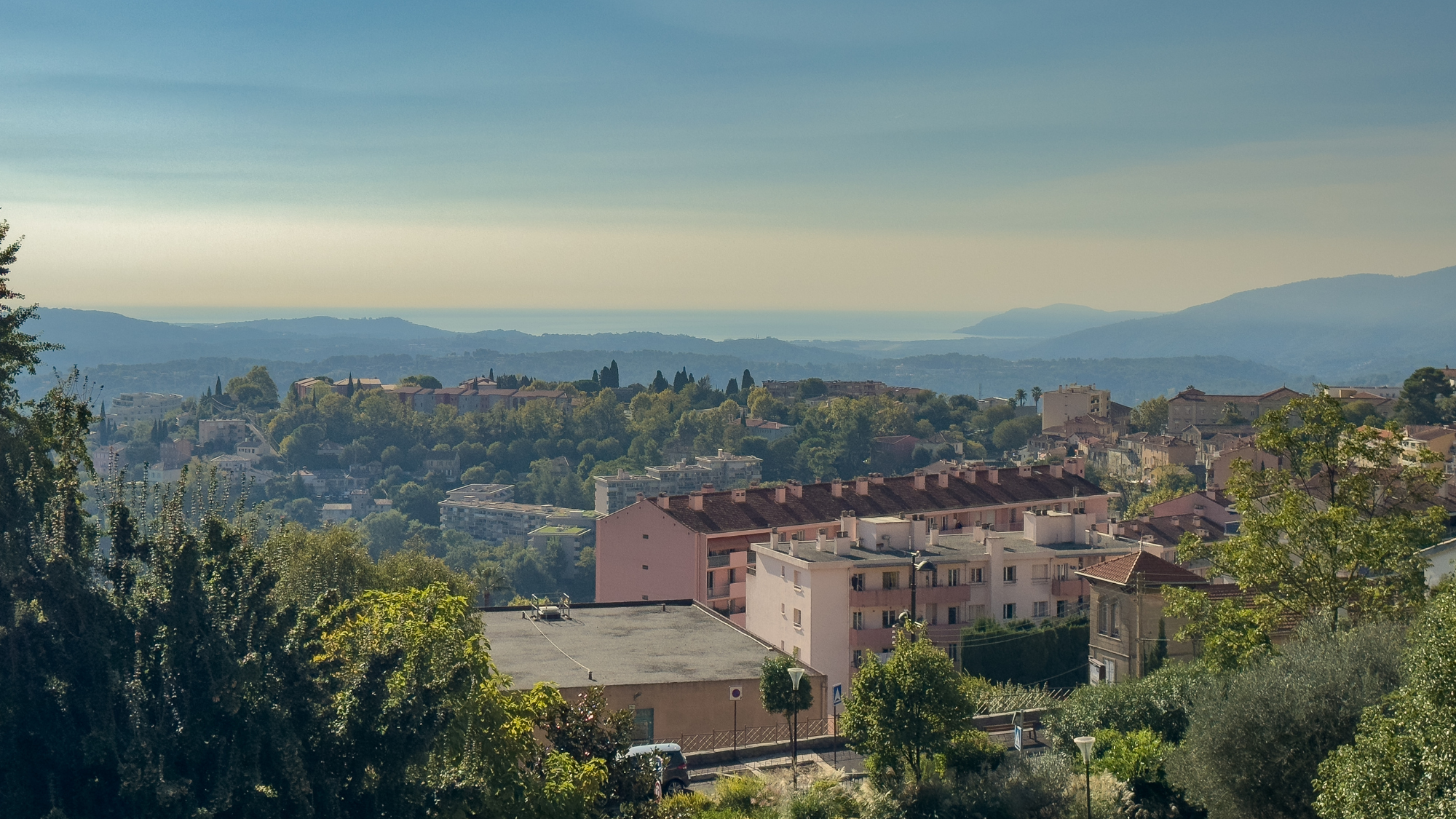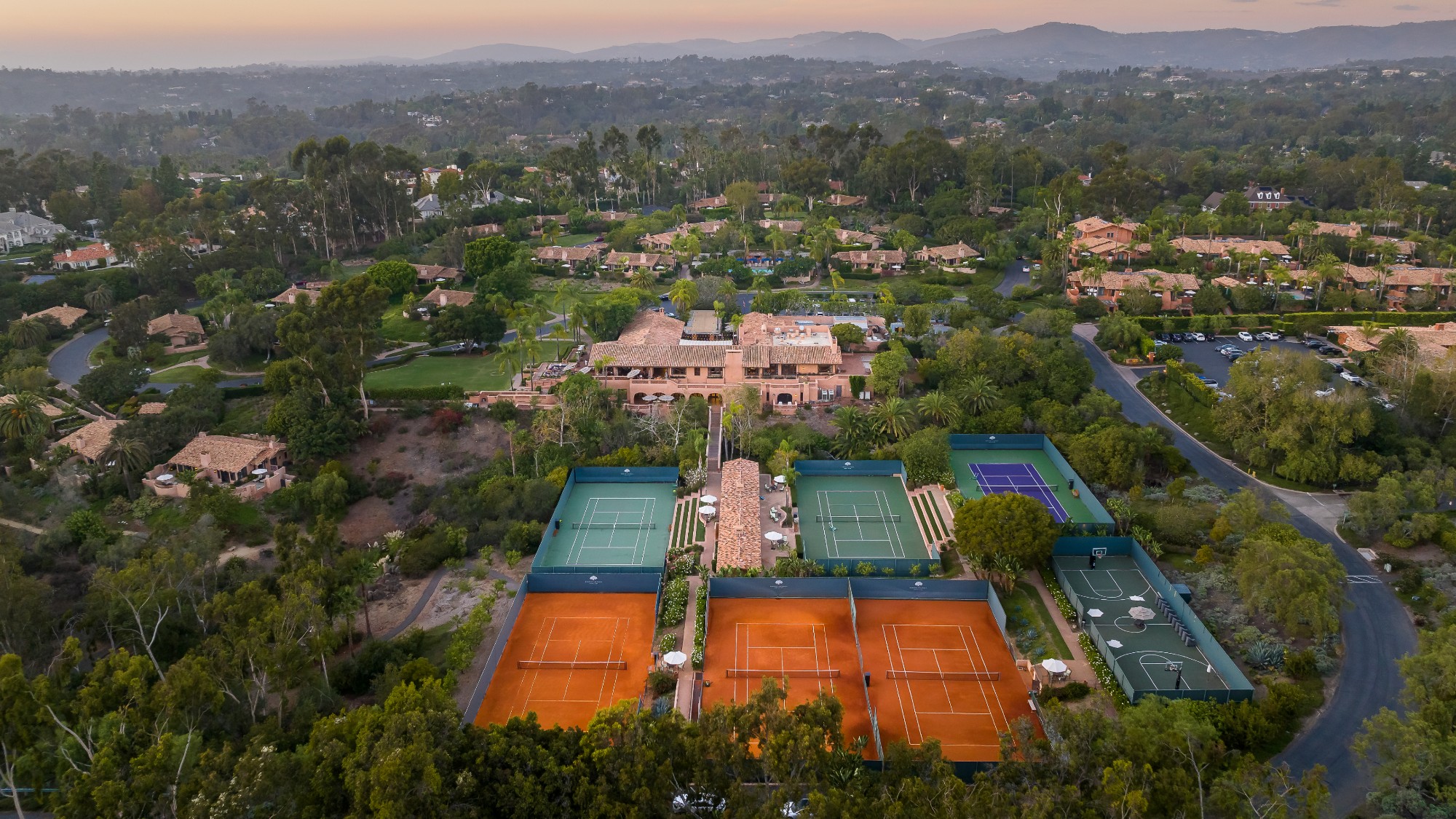Discover the historical craft of Louis XIII cognac in Cognac
Learn about the secrets of making cognac at the prestigious Grollet Estate

It takes an intricate and decades-long process to produce the complex, cultured taste that is Louis XIII Cognac. First created in 1874, it’s not until you delve deeper into the history and production of this ultra-premium cognac, that you realise this is no ordinary drink.
Travelling to Cognac, the HQ of Rémy Martin, we were here to discover more about the craft behind the brandy variety that’s only made in this region of south-west France.
Visiting Louis XIII’s prestigious Grollet Estate and family house, we enjoyed a delicious tourteau Charentais with a glass of wine while looking out over the vines, whose grapes are destined to one day become cognac. We learn that the vineyard soil here is mostly lime. This means that the vines will “suffer” as the roots work hard to go through the density of the limestone to 20m deep, and reach the nutrients beneath. The more the vine suffers the better the wine…
The Week
Escape your echo chamber. Get the facts behind the news, plus analysis from multiple perspectives.

Sign up for The Week's Free Newsletters
From our morning news briefing to a weekly Good News Newsletter, get the best of The Week delivered directly to your inbox.
From our morning news briefing to a weekly Good News Newsletter, get the best of The Week delivered directly to your inbox.

Other benefits of lime are that it is a porous stone, so in winter it absorbs the water and then releases it in summer. The sun reflects off the white stones around the vines, making the growing climate even warmer. As is common with cognac producers and farmers, they learn from one another how to deal with the annual climate changes. Ugni blanc is the grape variety most used for cognac; however, due to climate change, other adaptable varieties are now being sought.
The Cognac region boasts six different growth areas: Grande Champagne, Petite Champagne, Borderies, Fins Bois, Bons Bois, and Bois Ordinaires, said the Cognac Expert blog. These areas are referred to as “cru” or growth region, but “those in the know” will “always use the word terroir”. Rémy Martin only uses grapes from the Grande Champagne and Petite Champagne, which has its own appellation called “Fine Champagne”. But Louis XIII only uses grapes from the Grande Champagne, the first cru of the Cognac region. The aromatic profile of the grapes exudes a balance and opulence of sweet notes, floral and spicy.

Cellars and barrel making
When you sip Louis XIII you are tasting the time that has gone into the making of it. Every decanter is the product of the forward-thinking cellar master who has carefully chosen the top eaux‐de‐vie (meaning water of life) to create Louis XIII. Current cellar master Baptiste Loiseau, who does his copious tastings in the morning with a clean palette and hunger within, is putting aside the finest eaux‐de‐vie as a legacy to his successors over the next century.
Walking around the dimly-lit cellar, damp and smelling mushroomy with cobwebs in the corners, I was told that 2-3% of the liquid evaporates into the air, which they call the “angels’ share”. That’s about 8,000 bottles worth a day.
A free daily email with the biggest news stories of the day – and the best features from TheWeek.com
The precious liquid destined to be cognac is stored in big French oak barrels, called tierçons, from the Limousin forest. When the barrels show signs of wear they are patched up with parts of old barrels.
We were lucky enough to have a tour of the barrel-making facility, which had a palpable medieval atmosphere. Here you will find craftsman wearing aprons, clanging hammers, and fires to toast and caramalise the wood to flavour the liquid which will end up inside. There’s moulding and mending with precision and passion, with a modern twist of a laser machine at the very end to bespoke brand.

Taste test and tips
When tasting cognac, unlike common misconception, you shouldn’t swirl the glass, nor is there a need to warm it in your hand – so out with the old-fashioned balloon-shaped glasses that encourage you to do so. Warming the liquid will over-oxygenate it and release too much alcohol on the nose, which will in turn influence the taste.
It’s recommended to drink Louis XIII from a straight glass as it balances the level of exchange between the oxygen and liquid. Upon my first sip of Louis XIII I noted a spicy aroma, a couple more sips and the whole picture of what was in my glass came together – citrus, candy fruit, figs on a tart, honey and plum, a concoction of sweet festive flavour, like a Christmas pudding.
Some suggested food pairings, including, perhaps unpredictably, caviar, as it creates a milky smooth texture in your mouth; as does bellota ham, the cognac cuts through the fattiness. It also interestingly pairs well with pomegranate granite.

Introducing ‘The Drop’
Just as the cellar master plans his blends for a cognac that will be drunk a generation ahead, the latest bottle and product from Louis XIII is made for a new generation – the transportable “The Drop”, for those always on the move.
With a view to capturing a contemporary Louis XIII audience, the company recently launched The Drop in eye-catching bijou bottles, the same iconic design as the original bottle based on a 16th century flask found on a battlefield, but this time with colourful straps to carry it across-body. Released with a range of five colourful lids, each beautiful bottle contains a 10ml pristine blend of Louis XIII cognac.
The Drop bottles retail for £160 each or as an exclusive box of five bottles for £750. For Louis XIII tours and experiences see louisxiii-cognac.com
-
 Quiz of The Week: 3 – 9 January
Quiz of The Week: 3 – 9 JanuaryQuiz Have you been paying attention to The Week’s news?
-
 The Week Unwrapped: Is Elon Musk’s AI tool a platform for abuse?
The Week Unwrapped: Is Elon Musk’s AI tool a platform for abuse?Podcast Plus can Mumsnet predict who will be the next PM? And who is still watching Avatar sequels?
-
 The week’s best photos
The week’s best photosIn Pictures A fireman's ladder, a race through the desert, and more
-
 The rise of runcations
The rise of runcationsThe Week Recommends Lace up your running shoes and hit the trails on your next holiday
-
 A long weekend in Fontainebleau
A long weekend in FontainebleauThe Week Recommends Less than an hour from Paris, this historic town is perfect for a short break
-
 A scenic road trip in the French Riviera
A scenic road trip in the French RivieraThe Week Recommends The mild climate of the Côte d’Azur makes it ideal for shoulder season
-
 From Da Vinci to a golden toilet: a history of museum heists
From Da Vinci to a golden toilet: a history of museum heistsIn the Spotlight Following the ‘spectacular’ events at the Louvre, museums are ‘increasingly being targeted by criminal gangs’
-
 Cyrano de Bergerac: a ‘huge-hearted’ production
Cyrano de Bergerac: a ‘huge-hearted’ productionThe Week Recommends This ‘playful’ and ‘poignant’ rendition brings new life to the ‘gilet-sporting, verse-spouting’ titular soldier
-
 How Maga fell out of love with beer
How Maga fell out of love with beerIn The Spotlight Right-wingers in the US have boycotted beverage brands that fell foul of culture war, and now some are going fully sober
-
 8 hotels with ace tennis courts
8 hotels with ace tennis courtsThe Week Recommends Bring your A game
-
 5 fun cycling tours that let you vacation on two wheels
5 fun cycling tours that let you vacation on two wheelsThe Week Recommends Gain a new perspective while pedaling